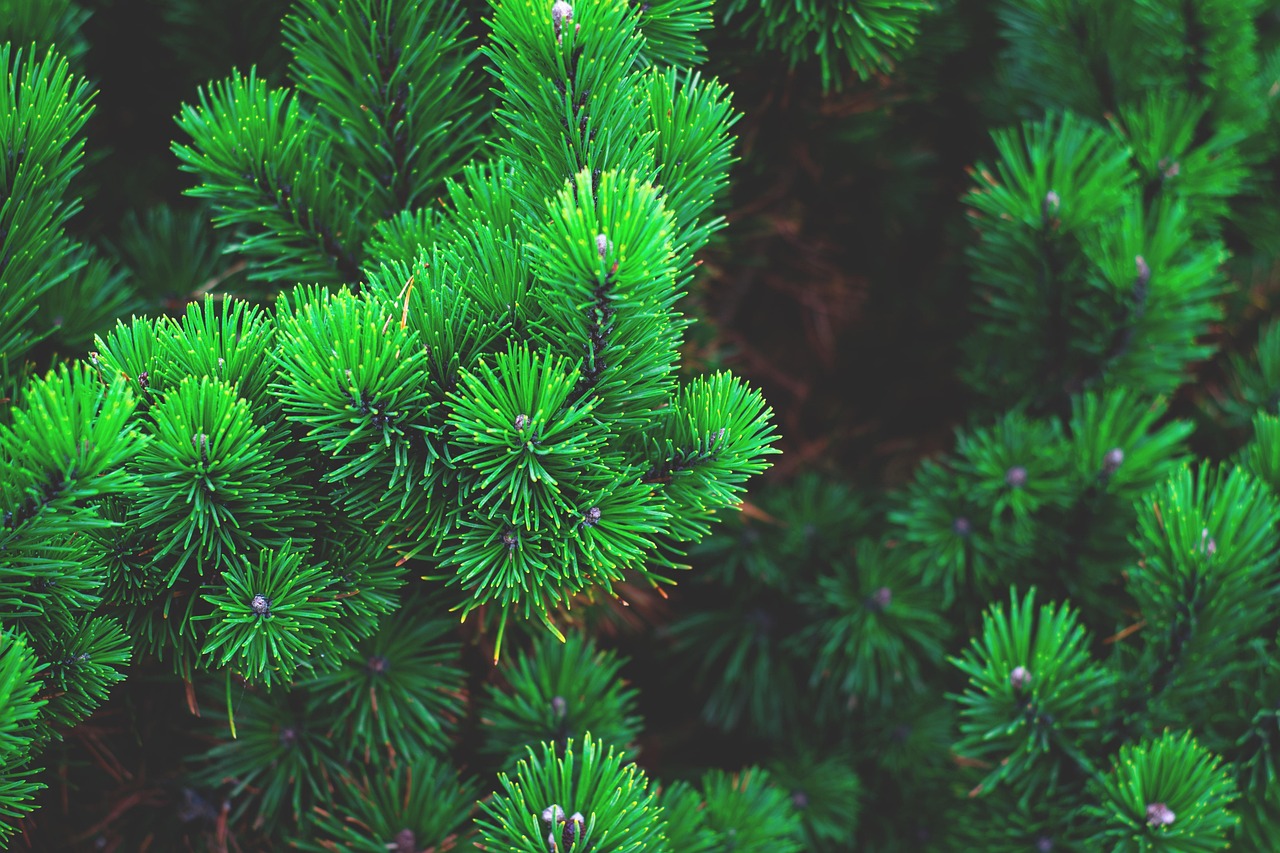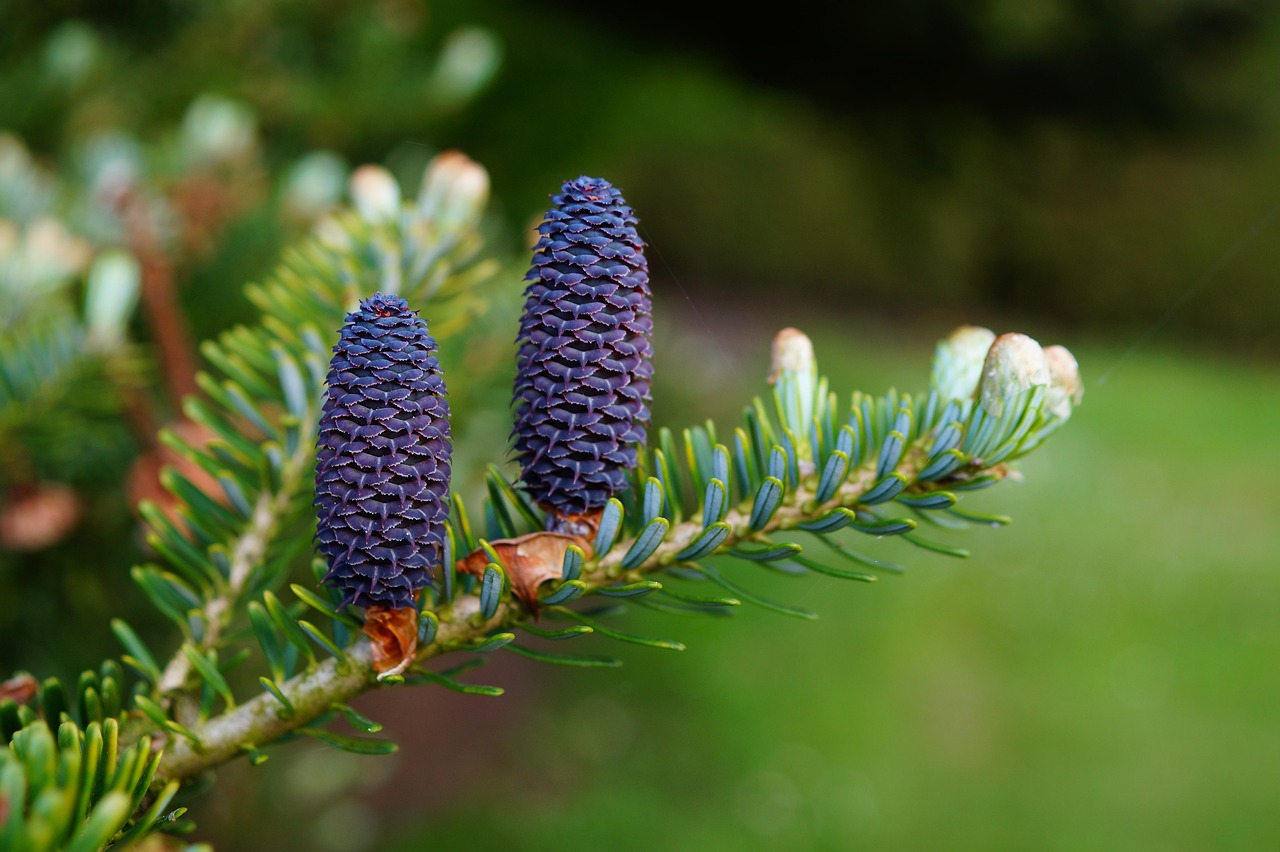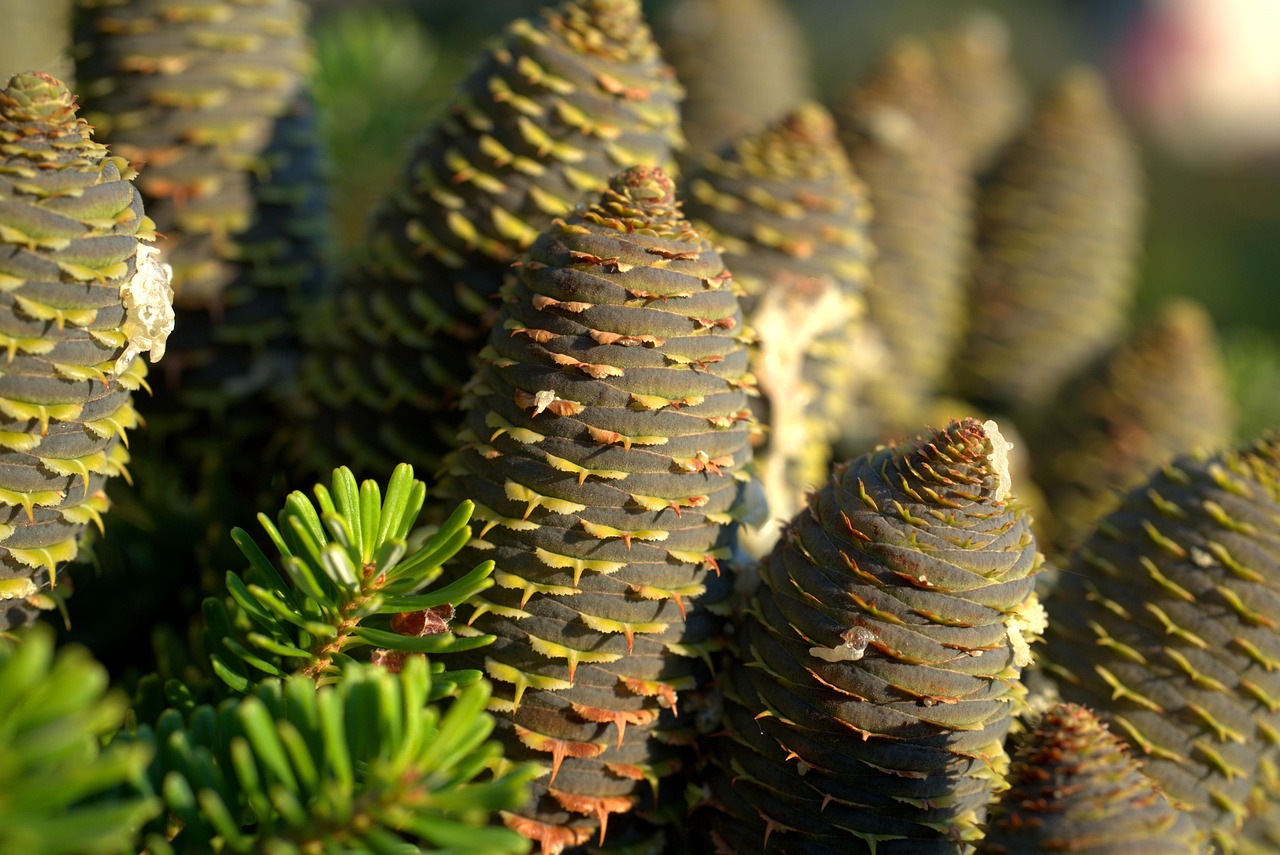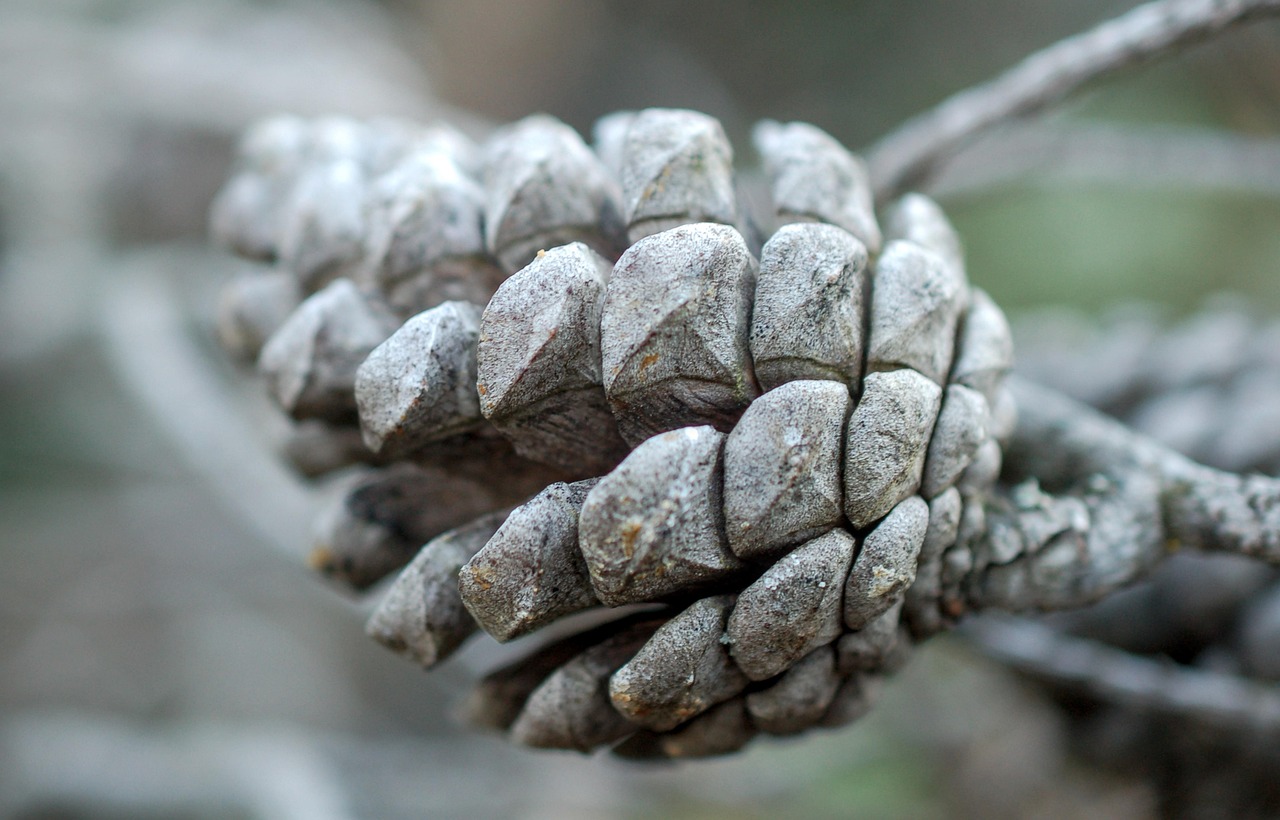Pine tree pruning in windy areas involves strategic cutting to enhance stability and reduce wind resistance. Key techniques include thinning out branches, shaping the tree to lower its center of gravity, and ensuring proper spacing between limbs to minimize wind catch.
Pine trees are a common sight in many regions, valued for their beauty and durability. However, in windy areas, these trees can face unique challenges. High winds can cause significant damage to pine trees, leading to broken branches and even tree failure. Pruning is an essential part of maintaining these trees, especially where wind exposure is prevalent. Proper pruning not only promotes healthy growth but also ensures that the tree can withstand the forces of nature.

Understanding the characteristics of different pine species is crucial when considering pruning techniques. Various species have distinct growth patterns and structural traits, making tailored approaches necessary. For instance, species such as the Eastern White Pine and Ponderosa Pine may require different strategies due to their varying heights and branch formations.
Pine Tree Characteristics and Growth Patterns
Pine trees generally grow with a central leader and a layered structure of branches. This growth pattern can either help or hinder their ability to withstand winds. The following table outlines some common characteristics of popular pine species:
| Species | Height | Branch Structure | Wind Resistance |
|---|---|---|---|
| Eastern White Pine | 50-80 feet | Long, flexible branches | Moderate |
| Ponderosa Pine | 60-200 feet | Sturdy, horizontal branches | High |
| Scots Pine | 30-100 feet | Dense, upward branches | Moderate to High |
| Lodgepole Pine | 30-150 feet | Straight, narrow branches | High |
In windy environments, it is vital to recognize how these characteristics influence pruning decisions. For example, trees with flexible branches may benefit from lighter pruning to maintain their natural resilience. Conversely, species with sturdier branch structures might require more aggressive thinning to reduce wind resistance effectively.

The timing of pruning is also critical. Generally, late winter or early spring is the best time for pruning pine trees. During this period, trees are still dormant, which minimizes stress on the plant. Additionally, pruning during dormancy can help prevent the spread of diseases that are more active during warmer months.
Pruning Techniques for Windy Areas
Several specific techniques are beneficial when pruning pine trees in windy areas. These methods focus on enhancing the tree’s structural integrity and reducing the risk of wind damage.
- Thinning: This involves removing select branches throughout the tree to reduce density. Thinning helps improve air circulation and light penetration, which is essential for overall tree health.
- Shaping: Shaping the tree can involve cutting back long branches or adjusting the overall form of the tree to create a more balanced silhouette. A well-shaped tree has a lower center of gravity, making it less prone to tipping.
- Reducing Height: In some cases, it may be necessary to reduce the height of a pine tree. This can be accomplished by trimming back the topmost branches gradually. Lowering the height minimizes wind resistance and enhances stability.
- Removing Dead or Weak Branches: Regularly checking for and removing dead or weak branches can prevent those branches from becoming hazards during windy conditions. Ensuring that only healthy limbs remain helps maintain tree strength.
- Crown Reduction: This technique involves selectively removing branches from the upper crown of the tree. By reducing the crown, the tree’s overall wind resistance decreases significantly.
Each of these techniques requires careful consideration and planning. It is essential to assess the overall health and structure of the tree before deciding on a specific approach. Consulting with an arborist can provide valuable insights tailored to individual trees and local conditions.

In addition to pruning techniques, proper maintenance practices contribute significantly to the resilience of pine trees in windy areas. Regular inspections for signs of disease or pest infestation are essential. Healthy trees are better equipped to withstand environmental stresses.
By understanding the unique challenges that windy environments pose and applying appropriate pruning techniques, you can help ensure that pine trees remain healthy and stable. These proactive measures will not only enhance their beauty but also ensure their longevity in challenging conditions.
Tools and Equipment for Effective Pruning
Using the right tools is essential for successful pine tree pruning. Each tool serves a specific purpose and can greatly affect the outcome of your pruning efforts. Below is a list of necessary tools for pruning pine trees, along with their functions:

- Pruning Shears: Ideal for small branches, these hand-held tools allow for precise cuts. They are essential for removing smaller limbs and dead growth.
- Loppers: For branches that are thicker than what pruning shears can handle, loppers provide greater leverage. They are useful for cutting branches up to two inches in diameter.
- Saws: A pruning saw or a chainsaw may be necessary for larger branches. These tools can quickly cut through thick wood but require careful handling to ensure safety.
- Pole Pruner: This tool is essential for reaching higher branches without the need for a ladder. It typically features a long handle with a pruning saw or shears at the end.
- Safety Gear: Always wear gloves, safety goggles, and a hard hat to protect yourself from falling branches and debris during the pruning process.
When using any of these tools, it is vital to ensure they are sharp and well-maintained. Dull tools can cause damage to the bark and lead to infections. Regular sharpening and cleaning minimize the risk of transferring diseases between trees.
Best Practices for Pruning Pine Trees
Implementing best practices during pruning can enhance the health and longevity of pine trees. Here are some recommended practices to consider:
- Make Clean Cuts: Always aim for clean cuts at a slight angle. This helps direct water away from the cut surface and reduces the chance of disease.
- Avoid Topping: Topping is the practice of cutting off the tops of trees, which can lead to weak regrowth and increased vulnerability to wind damage. Instead, opt for selective pruning.
- Limit Pruning to 25%: As a general rule, do not remove more than 25% of a tree’s canopy in one season. Excessive pruning can shock the tree and hinder its growth.
- Prune for Structure: Focus on creating an open structure that allows air circulation and light penetration. Remove crossing branches that may rub together and create wounds.
- Monitor After Pruning: After completing the pruning process, observe the tree for signs of stress or disease. Promptly address any issues that arise.
Following these best practices will help ensure that your pine trees remain healthy and resilient against high winds and other environmental stresses.
Common Mistakes to Avoid When Pruning
Pruning can be beneficial, but there are common mistakes that can undermine your efforts. Recognizing these pitfalls will help you avoid them:
- Pruning at the Wrong Time: Pruning during the wrong season can lead to excessive sap loss or susceptibility to pests. Always prune during late winter or early spring while the tree is still dormant.
- Ignoring Tree Species Needs: Each pine species has unique growth patterns and pruning requirements. Failing to consider these differences can lead to improper cuts.
- Over-pruning: Removing too many branches can leave the tree exposed and vulnerable. Always adhere to the 25% rule mentioned earlier.
- Lack of Planning: Going into a pruning session without a clear plan can result in haphazard cuts. Take time to assess the tree’s structure before starting.
- Neglecting Safety Precautions: Failing to wear proper protective gear can lead to accidents. Always prioritize safety when working with sharp tools and heavy branches.
The Role of Mulching and Watering
A healthy tree begins at the roots. Proper mulching and watering practices are essential components of tree health that support successful pruning outcomes. Here are some tips on maintaining soil health:
- Mulching: Apply a layer of organic mulch around the base of the tree. This helps retain moisture, suppress weeds, and improve soil quality as it decomposes.
- Avoiding Soil Compaction: Keep foot traffic away from the root zone to prevent soil compaction, which can hinder root growth and water absorption.
- Watering Guidelines: Ensure that your pine trees receive adequate water, especially after pruning. Deep watering encourages healthy root development.
By integrating proper mulching and watering techniques with your pruning efforts, you can significantly boost the health and resilience of your pine trees in windy conditions.
Understanding Growth Patterns Post-Pruning
After pruning, it’s important to monitor how your pine tree responds to the changes made. Understanding growth patterns post-pruning can help you make better decisions in future maintenance:
- New Growth Direction: Observe which direction new growth takes after pruning. Adjust future cuts based on how well the tree maintains its shape and balance.
- Vigor of Growth: Assess how vigorously new shoots emerge. Healthy growth indicates that your pruning was beneficial, while poor growth may suggest stress or disease.
- Crown Health: Monitor the overall health of the crown. Look for signs of imbalance or weakness in certain areas that may require further adjustment.
This ongoing assessment after pruning will help ensure that your pine trees thrive in their environment. Understanding their responses will allow you to make informed decisions about future care and maintenance.
Seasonal Considerations for Pruning
The timing of pruning plays a vital role in the health of pine trees, especially in windy areas. Understanding seasonal changes and their effects on tree growth is essential for effective pruning. Different seasons provide unique opportunities and challenges that can influence the outcome of your efforts.
Spring Pruning
Spring is often viewed as the prime time for pruning many tree species, including pines. However, specific considerations must be made:
- Timing: Late winter to early spring is ideal, just before new growth begins. This timing minimizes stress on the tree and allows for quick recovery.
- Benefits: Pruning in spring encourages healthy new growth. Trees can focus their energy on developing new foliage and branches.
- Watch for Pests: Spring can also bring pests. Be vigilant for signs of infestation as you prune, as this could impact the health of your tree.
Summer Pruning
Summer pruning is often debated among arborists. While it can be beneficial when done correctly, it also has its drawbacks:
- Light Pruning: If necessary, light pruning can be done in summer to remove dead or damaged branches. This helps improve air circulation and reduces the risk of disease.
- Stress on Trees: Major cuts during the summer can stress the tree, as it is in a phase of active growth. Avoid heavy pruning during this season.
- Monitoring Growth: Summer is an excellent time to observe how well the tree has responded to previous pruning efforts and make adjustments if necessary.
Fall Pruning
Fall is generally not recommended for pruning pine trees due to several potential issues:
- Increased Vulnerability: Pruning in fall can leave trees vulnerable to winter injuries. Cuts made at this time may not heal before cold weather sets in.
- Disease Risks: Many diseases are more active during fall. Wounds from pruning can become entry points for pathogens, leading to infections.
- Limited Growth Recovery: Trees lack the capacity to recover from pruning injuries as they prepare for dormancy, making fall an unfavorable time for major cuts.
Winter Pruning
Winter can be a suitable time for pruning pines in certain climates, especially where snow does not hinder access:
- Dormant Phase: Pruning while the tree is dormant reduces stress and allows for quicker recovery once spring arrives.
- Visibility: Without leaves, it is easier to see the structure of the tree, making it simpler to identify which branches need cutting.
- Fewer Pests: Winter conditions reduce the likelihood of pest infestations, decreasing the risk of transferring diseases through cuts.
Pine Tree Diseases and How They Affect Pruning
Pine trees are susceptible to various diseases that can influence how and when you should prune. Being aware of these diseases helps you make informed decisions regarding tree care:
| Disease Name | Description | Impact on Pruning |
|---|---|---|
| Diplodia Tip Blight | A fungal disease affecting new growth, causing wilting and brown tips. | Prune affected branches promptly to prevent spread; avoid cutting during active infection periods. |
| Rust | This disease creates orange or yellow spots on needles and can weaken the tree. | Remove infected needles and branches to improve air circulation and overall health. |
| Bark Beetles | Pests that bore into the bark, causing damage and potentially killing the tree. | Prune dead or infested branches immediately; consider insecticide treatments if necessary. |
| Pine Wilt Disease | A serious condition caused by a nematode that leads to rapid tree decline. | Remove and destroy infected trees as soon as possible to prevent spreading the disease. |
Identifying these diseases early allows for timely interventions. Regular inspections of pine trees help catch any issues before they necessitate extensive pruning or removal.
The Importance of Professional Assistance
While many homeowners may attempt to prune their pine trees themselves, seeking professional assistance can often yield better results. Arborists possess specialized knowledge and skills that can significantly benefit tree health:
- Expertise: Arborists understand various species’ needs and how to prune them appropriately based on their unique growth patterns.
- Safety Considerations: Professionals are equipped to handle large branches and use equipment safely, reducing risks associated with DIY pruning.
- Disease Management: An arborist can diagnose tree diseases accurately and recommend appropriate treatments alongside pruning techniques.
- Long-Term Health: By consulting with a professional, you set a foundation for long-term health and stability of your pine trees in windy areas.
The investment in professional help may ultimately save time, money, and effort while ensuring your trees thrive in their environment.
Maintaining Pine Trees After Pruning
The work does not end once the pruning is complete. Ongoing maintenance practices are essential for supporting the recovery of pine trees after pruning:
- Regular Watering: Ensure that trees receive adequate moisture during dry spells. This is particularly important after heavy pruning to support new growth.
- Nutrient Management: Applying a slow-release fertilizer can help stimulate healthy growth in newly pruned trees. Ensure it is suitable for pine species.
- Pest Monitoring: Keep an eye out for signs of pests or disease following pruning. Early detection can prevent infestations from taking hold.
- Crown Maintenance: Regularly inspect the crown for any dead or damaged limbs that may need attention between major pruning sessions.
By adhering to these maintenance strategies, you can foster healthy growth and resilience in your pine trees, ensuring they remain strong against the challenges posed by windy conditions.
Additional Considerations for Pine Tree Pruning
In addition to the previously discussed techniques and practices, there are several other factors to consider when pruning pine trees in windy areas. These factors can contribute to better decision-making and improved tree health in the long run.
Environmental Impact on Pruning Decisions
Understanding the local environment is crucial when planning pruning sessions. Different climates and soil types can affect how pine trees respond to pruning:
- Soil Quality: Testing soil composition can reveal nutrient deficiencies that may require supplementation. Healthy soil promotes stronger tree growth, making them more resilient to wind.
- Microclimates: Consider the specific microclimate around your trees. Areas with more exposure to wind or sun may require different pruning strategies compared to sheltered spots.
- Local Wildlife: Be aware of local wildlife that may be affected by your pruning activities. Birds and other animals often use pine trees for nesting; timing your pruning can help avoid disturbing them.
Integrating Technology in Tree Care
Advancements in technology can help enhance tree care practices, including pruning. Some tools and resources to consider are:
- Drones: Drones can provide aerial views of tree canopies, helping assess their overall structure and health from above without needing to climb.
- Tree Health Monitoring Systems: Various sensors can monitor soil moisture, temperature, and tree health indicators in real-time, allowing for timely interventions.
- Mobile Apps: Several apps are available that provide resources for identifying tree diseases, pests, and best practices for care and maintenance.
Community Resources and Support
Engaging with community resources such as local gardening clubs or extension services can provide valuable support:
- Workshops: Many communities offer workshops on tree care, including proper pruning techniques tailored to local conditions.
- Consultation Services: Local arborists or horticulturists can provide consultations to assess tree health and recommend tailored care strategies.
- Networking Opportunities: Connecting with fellow tree enthusiasts can lead to shared experiences, tips, and recommendations for effective tree management.
Final Thoughts
Pine tree pruning in windy areas requires careful planning and execution. Understanding the unique characteristics of pine trees, local environmental conditions, and proper techniques will significantly impact their health and resilience. By employing best practices such as timely pruning, using appropriate tools, and maintaining a focus on post-pruning care, you can ensure that your pine trees thrive despite challenging weather conditions.
The importance of ongoing education cannot be overstated. As new techniques and technologies emerge, staying informed will empower you to make the best decisions for your trees. Whether you choose to engage professionals or tackle pruning yourself, a commitment to proper care will not only enhance the beauty of your landscape but also promote the longevity of your pine trees.
Ultimately, healthy pine trees contribute not just to the aesthetic value of your property but also to the ecological balance of your local environment. By investing time and effort into their care, you are fostering a sustainable landscape that benefits both you and the surrounding ecosystem.
In summary, effective pine tree pruning involves a multifaceted approach that considers timing, techniques, tools, and ongoing maintenance. With this knowledge, you are well-equipped to address the challenges posed by windy conditions and ensure that your pine trees remain robust and beautiful for generations to come.
